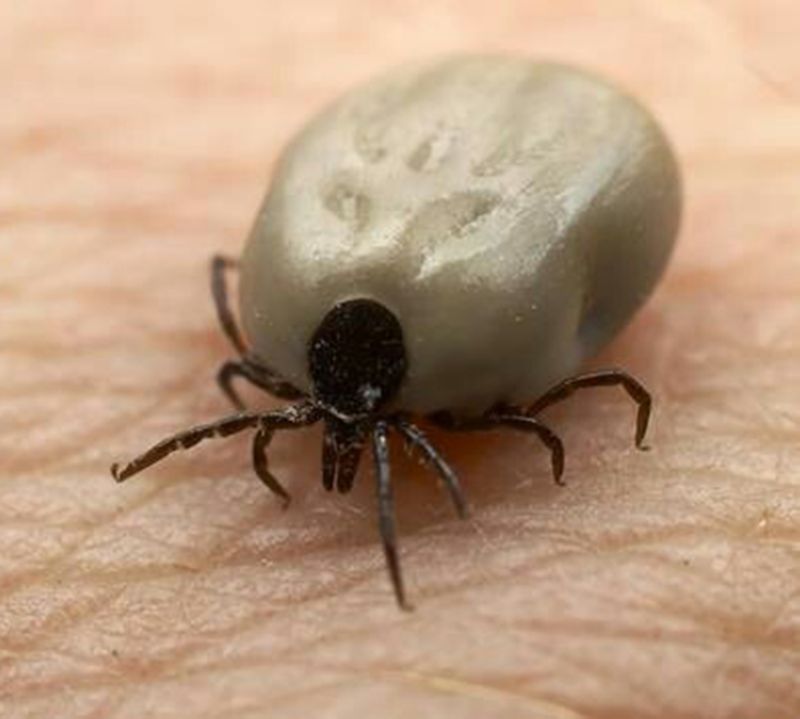 Figure 1: Tick. Source: from https://www.thelocalanswer.co.uk/news/pets-and-wildlife/pet-care/1806-all-jun-18-pet-care.aspx?area=all&y=2018
Figure 1: Tick. Source: from https://www.thelocalanswer.co.uk/news/pets-and-wildlife/pet-care/1806-all-jun-18-pet-care.aspx?area=all&y=2018
- Source
- Ticks are parasites that are commonly found in wooded and grassy areas and will attach to another animal or human to feed off the host’s blood. They are known for carrying and transmitting a variety of pathogens including Borrelia burgdorferi that causes Lyme Disease, but not all ticks will carry the disease and a bite does not necessarily mean the host will contract the disease.
- Biotransformation
- A tick has two sharp, teeth-like structures that it will use to scrape and puncture the skin to embed itself and begin feeding (1). The saliva carries pathogens, but can also carry proteins that function as anticoagulants, immunosuppressants and immunomodulators, platelet inhibitors, vasodilators, inhibitors of wound healing, and facilitators of tick attachment, and this is how they are able to stay attached and continuously feed from the same spot (2). Interestingly, these proteins are being studied as potential treatment for other disease- for example, tick saliva is a rich source of novel anticoagulants that could be exploited for the development of anticoagulants for the treatment of diverse cancers (2). The reactions happening in the body depends on the pathogens that are transmitted to the host.
- Toxicokinetics
- Tickborne illness include, but are not limited to (3):
- Babesiosis
- Anaplasmosis
- Lyme disease
- Rocky mountain spotted fever
- Colorado tick fever
- Heartland virus
- Tickborne illness include, but are not limited to (3):
- Carcinogenicity
- Tick bites will not cause cancer, but they can transmit diseases that attack the immune system and can make it easier for cells to mutate and become cancer.
- Mechanism of Action (if known) (2)

-
- 1. Pathogens are ingested by the tick along with the blood meal during the bite.
- 2. Pathogens invade the midgut and, depending on the species, stay in the midgut until the next feeding or immediately cross the epithelium of the digestive tract.
- 3. Pathogens invade the tick body.
- 4. Pathogens move into the salivary glands by crossing the epithelium and invade the acini.
- 5/6. Pathogens are injected into a new host during feeding, along with saliva that counteracts host hemostasis, inflammation and immune responses, thus facilitating pathogen infection of host.
- Target organ(s)
- Tick bites primarily affect the skin, but if pathogens are transmitted to the host’s circulatory system it can also target the nervous and cardiovascular systems.
- Signs and symptoms of toxicity
- Signs and symptoms can depend on the pathogens that are transmitted, but general symptoms include redness, burning, and itching. If bacteria and viruses have been passed, nausea, fever, and tell-tale rashes may occur. Figure shows cartoon images of what a few different rashes may look like depending on what the host is exposed to (4):
![How to Prevent and Manage Tick Bites [Infographic]](https://blog.nols.edu/hubfs/Imported_Blog_Media/tick-borne-rashes-1.png)
- Genetic susceptibility or heritable traits
- N/A
- Historical or unique exposures
- I was bitten by a tick when I was on a walk in a state park the week COVID shut everything down. It was removed about 24 hours later- I had showered and never noticed it attached to my side, but found it while changing my shirt the next day. I did not have good health insurance so I couldn’t afford to see a doctor, but continued to monitor it. Over the next YEAR, it continued to itch, had a rash that would come and go around the area, and it would look like it was trying to heal but ultimately never did. I was finally able to get better health insurance and see a dermatologist, and the area had to be removed using a 10mm punch biopsy. I was treated for lyme disease using doxycycline for 21 days, even though a lot of time had passed just to be safe and I think I will always have a scar on my side to remind me of that tick and the issues I had for a whole year.
- Treatments
- Lyme disease: doxycycline or amoxicillin
- Rocky mountain spotted fever: doxycycline
- Babesiosis: azithromycin with atovaquone
- Anaplasmosis: doxycycline
- Biomarkers
- Antibodies: IGM and IGE can be tested via western blot or ELISA (5).
- Protein: RC0497 for rocky mountain spotted fever (6).
- Sources
- 1. CDC. “Tickborne Diseases of the United States | CDC.” Centers for Disease Control and Prevention, 2 Apr. 2020, https://www.cdc.gov/ticks/diseases/index.html.
-
2. “Here’s What Happens When A Tick Bites You.” Science, 30 Oct. 2013, https://www.nationalgeographic.com/science/article/heres-what-happens-when-a-tick-bites-you.
-
3. “Lyme Disease – Infectious Diseases.” Merck Manuals Professional Edition, https://www.merckmanuals.com/professional/infectious-diseases/spirochetes/lyme-disease. Accessed 27 July 2021.
-
4. “Lyme Disease Antibody Test: Purpose, Procedure, and Risks.” Healthline, 29 May 2018, https://www.healthline.com/health/lyme-disease-antibody.
-
5. Murfin, Kristen E., and Erol Fikrig. “Tick Bioactive Molecules as Novel Therapeutics: Beyond Vaccine Targets.” Frontiers in Cellular and Infection Microbiology, vol. 7, June 2017, p. 222. PubMed Central, doi:10.3389/fcimb.2017.00222.
-
6. “Researchers Identify Biomarker for Spotted Fever Rickettsial.” AJMC, https://www.ajmc.com/view/researchers-identify-biomarker-for-spotted-fever-rickettsial. Accessed 27 July 2021.